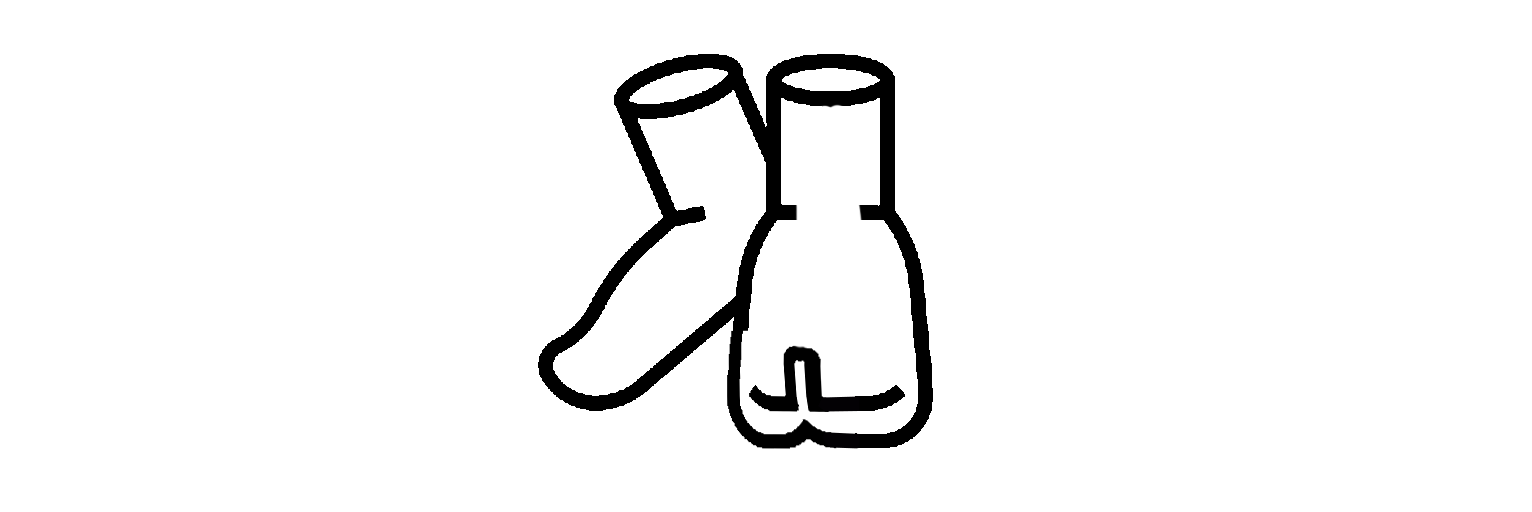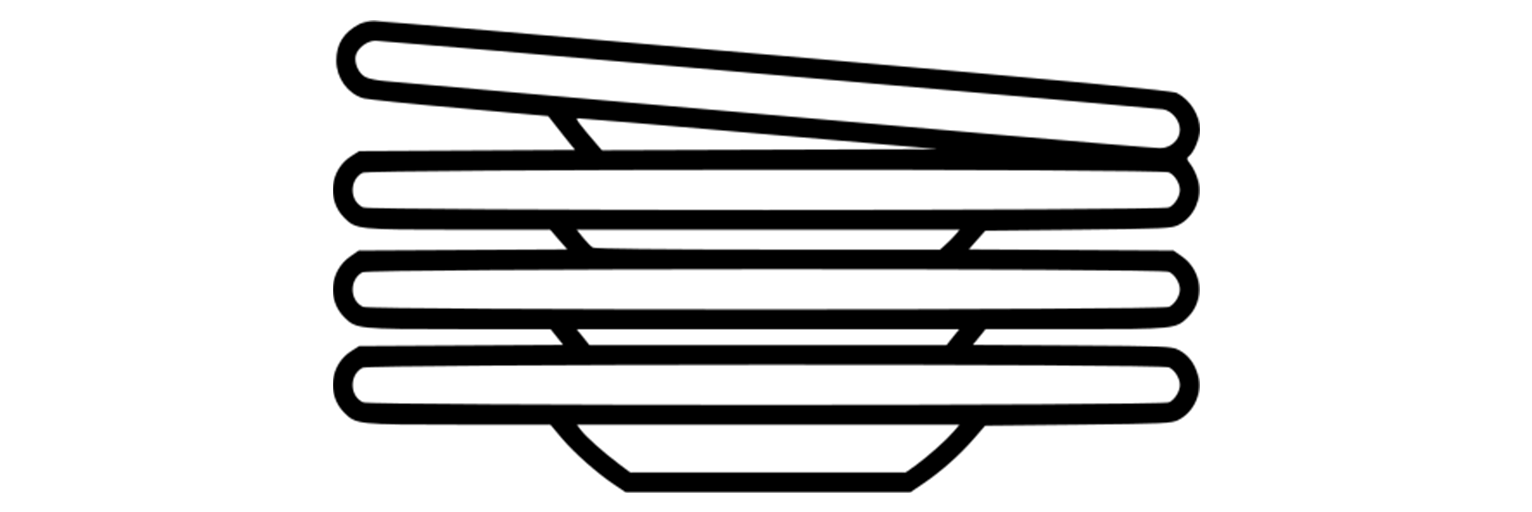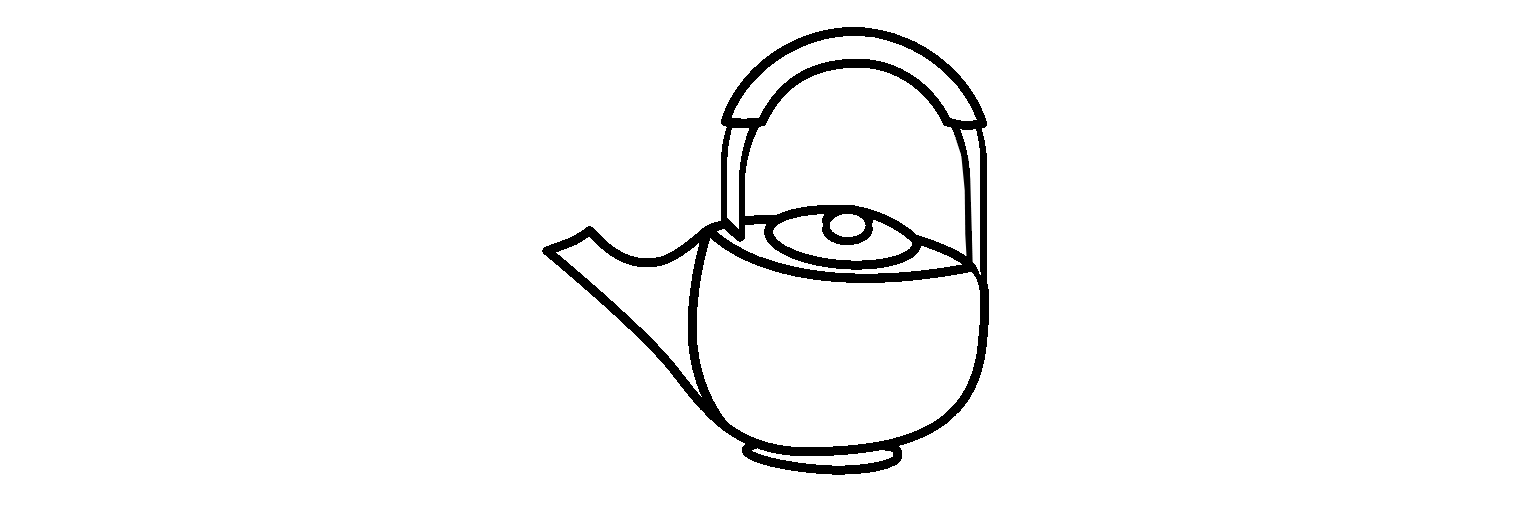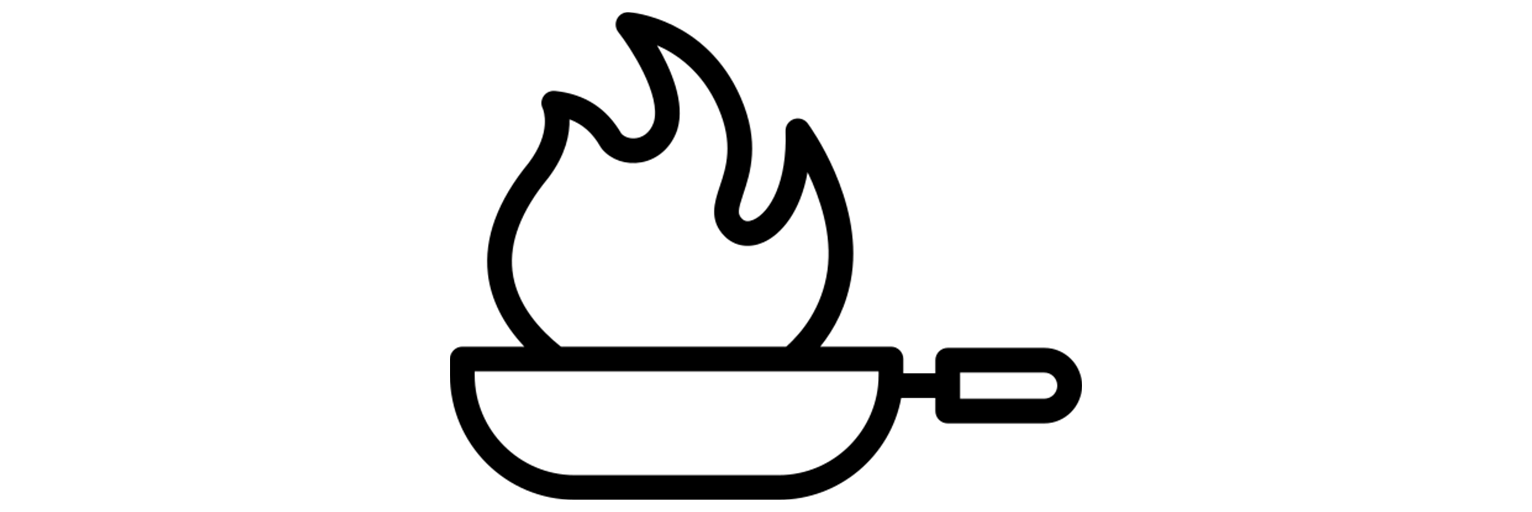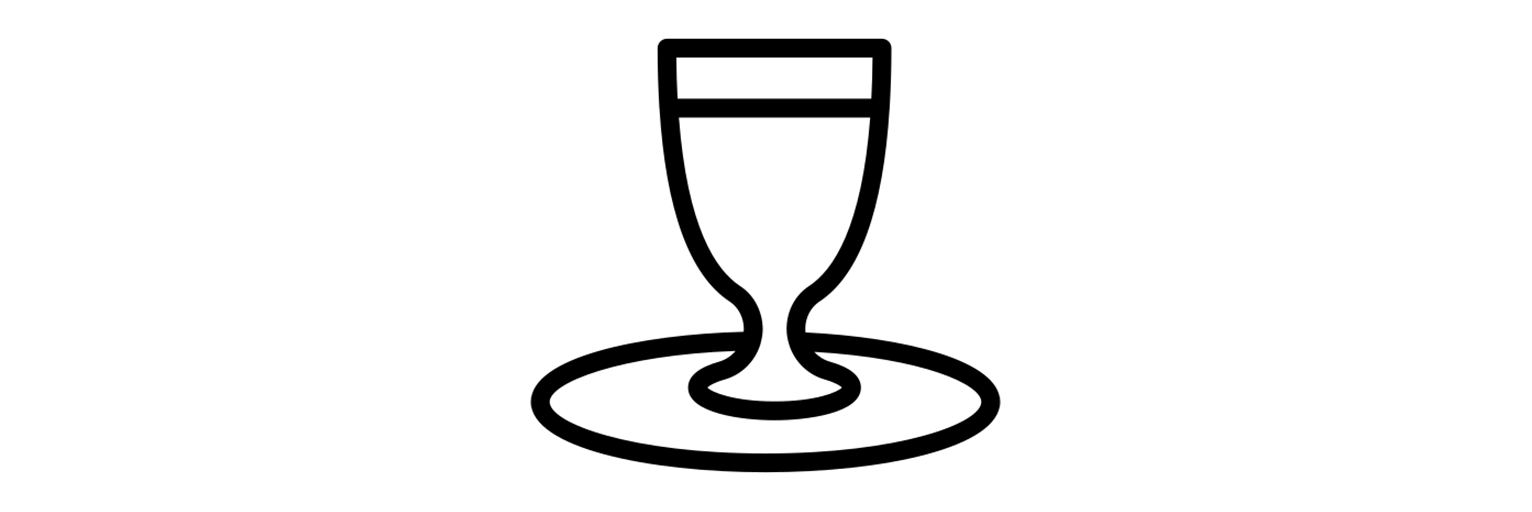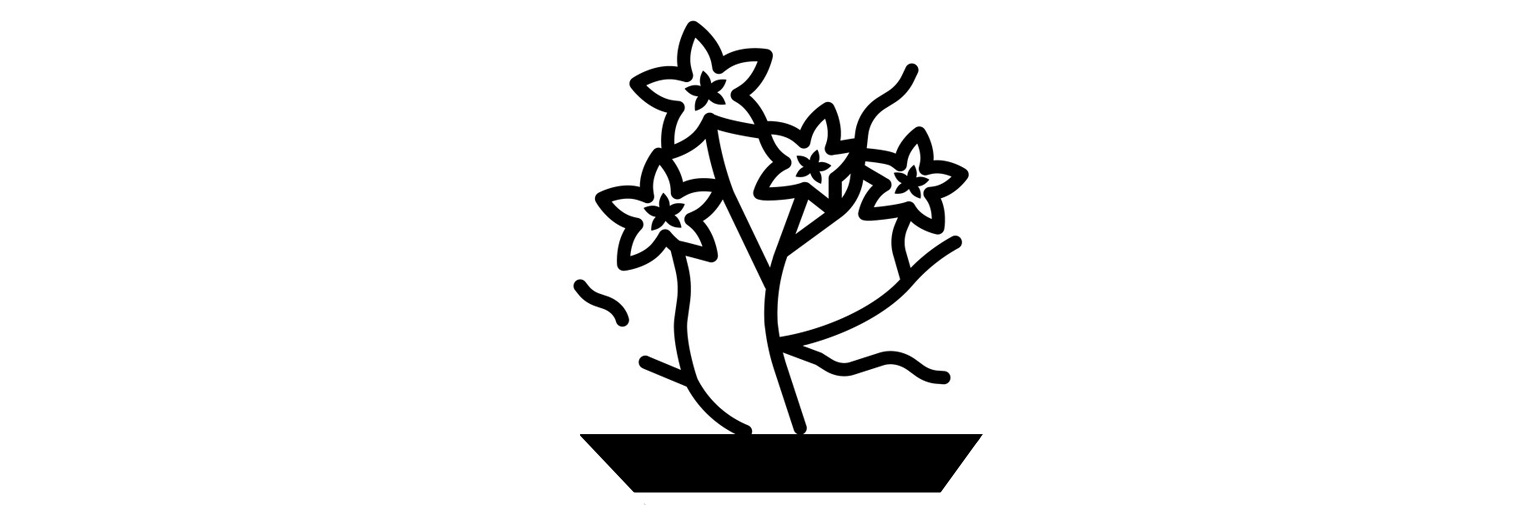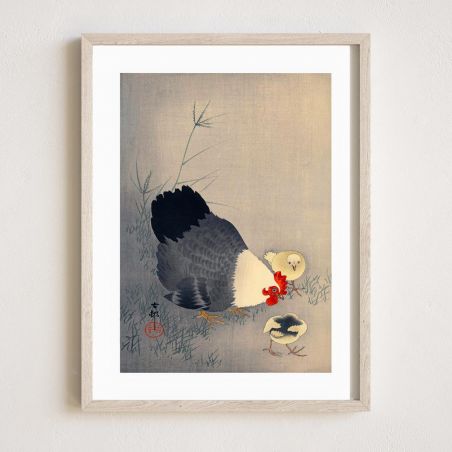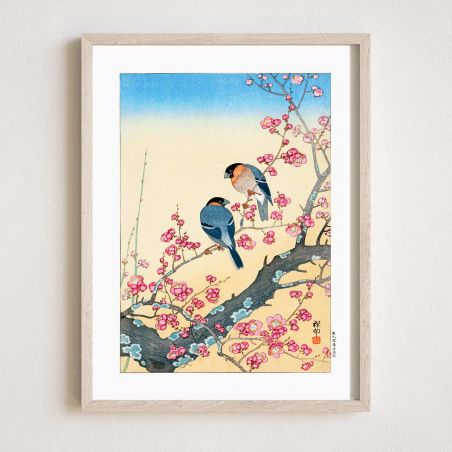Koson Ohara
He was born in 1877 in Kanazawa, Ishikawa Prefecture as Ohara Matao. He studied painting and drawing with Suzuki Koson, whose name he later adopted.
He began with illustrations of the Russo-Japanese War in 1904-1905. It was the time when the art of traditional prints (Ukiyo-e) was no longer in vogue, replaced by photography. Many artists of those years had great success with these war prints. Koson was then a teacher at the Tokyo School of Fine Arts where an American colleague, Ernest Fenellosa (1853-1908) persuaded him to return to printmaking in the traditional style. His early flower and bird prints were published by Daikokuya (Matsuki Heikichi), Kokkeido (Akiyama Buemon), and Nishinomiya Yosaku.
From 1912, he devoted himself to painting under the name "Shoson" and only returned to printmaking in 1926 with the publisher Watanabe Shosaburo, the initiator of the Shin Hanga movement (or pictorial revival). Most of these prints were exported to the American market.
Koson's prints are close to watercolors and made with the greatest care, with great attention to detail, especially on the feathers.
Ohara Koson used different seals and signatures during his career and it is very difficult to date his works precisely. Prints made after the Great Kanto Earthquake of 1923 generally have brighter colors than his early works. Some were printed with different color variations.
There are 42 products.





